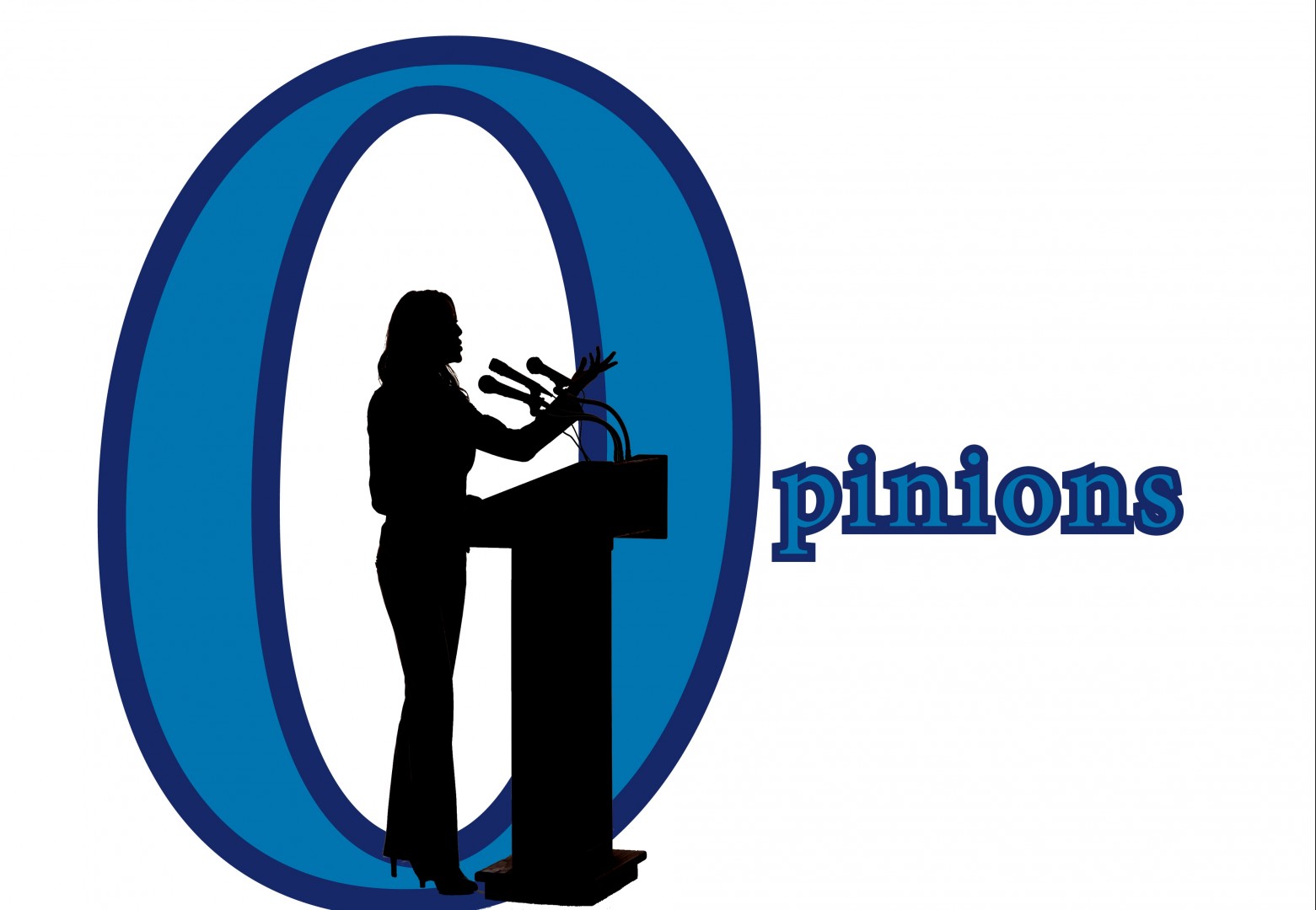As has been a trend over the last few election cycles, Colorado is a contested swing state this year. One cannot walk across Driscoll Bridge without being asked “Are you registered to vote at your current address?”
Nor can you watch YouTube videos without seeing a pro-Obama or pro-Romney ad. Too often, however, it’s hard to see beyond the smear ads to the real facts and policies of the candidates.
While Governor Romney’s plan is focused on reducing federal deficits, President Obama’s plan calls for increasing the amount of aid for students pursuing higher education.
Most college students have two major interests in the political arena over the next four years: paying for their education and finding a job.
Who can better manage the economy and create jobs over the next four years is an open question economists and political scientists spend their time debating. Who would provide more funding for students has an obvious answer to me: President Obama, without an ounce of doubt.
Let’s start by looking at the Romney plan.
The few plans that have been released are vague at this point, as he promises to cut budget deficits but never mentions the programs he is eyeing to do so. Vice Presidential candidate Paul Ryan’s budget, which would likely be adopted under a Romney administration, includes changes to the Pell Grant program, and would result in fewer federal grants available as social spending is trimmed.
The Pell Grant program helps millions of lower income students attend college each year. Romney’s education plan promises to “refocus Pell Grant dollars to students that need them most and place the program on a responsible long-term path that avoids future funding cliffs and last-minute funding patches.”
The Ryan budget would severely diminish Pell Grants by lowering the eligible income level, cap the amount at $5,500 per year even as tuition rates increase, and ultimately disqualify more than 1 million students from program eligibility.
It would also end the entitlement portion of the program, which is designed to automatically allocate funds for every student who qualifies. This makes future cuts much easier to carry out. The Obama plan is strikingly different.
It supports the future entitlement funding of the program, and allows the maximum grant to increase along with inflation and tuition. Obama is also proposing increases in state grants for students to help defray the cost of college.
Perhaps the most interesting aspect of his plan is the “pay as you earn” idea, which would allow for monthly federal student loan repayment at 10 percent of monthly disposable income.
This “pay as you earn” concept would greatly benefit students who cannot find a high-paying job right after college, and avoid spiraling interest rates private loan companies charge whether graduates have a steady income or not.
As state coffers run dry, public universities have no choice but to raise tuition, and private universities already charge exorbitant fees and tuition.
For American college students, this election is not something to sleep through. It is a one-day event that will determine the next four years.
Romney is often quoted as saying “Borrow money if you have to, from your parents” to pay for college.
His views of the cost of education are out of touch with the modern student.
Obama, who on many occasions refers back to the great amount of student debt he and First Lady Michelle Obama had to pay off during their years together, understands when funding for student grants and loans are cut, tough decisions have to be made by families across the country that politicians in Washington rarely see.
As Obama and Romney debate at DU this week, listen carefully to the issues on the table.
But as a student, know that the choice is unquestionably clear.
Vote for the candidate who has stood in your shoes, not the one who puts budgets ahead of educating the next generation.











